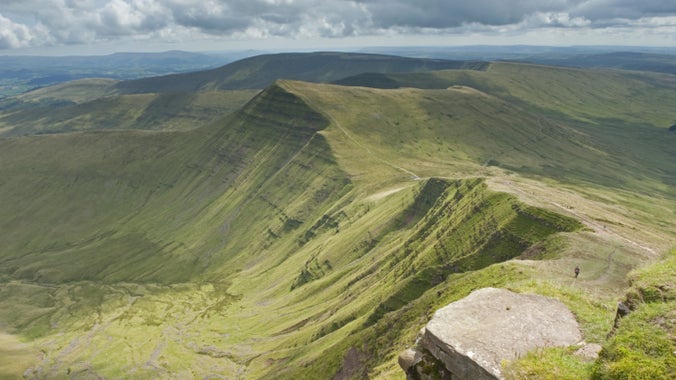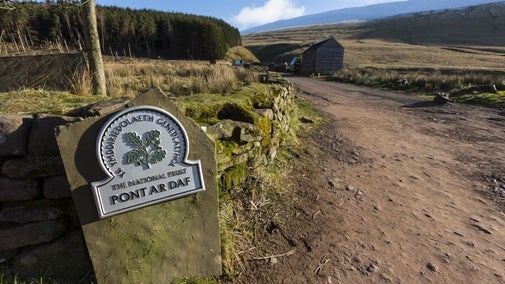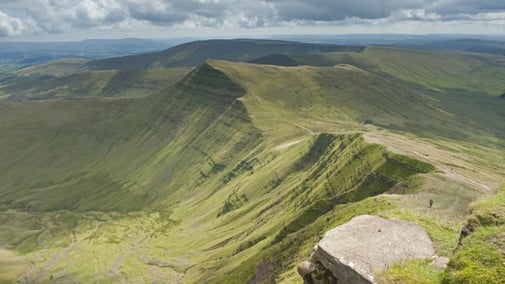
Become a member
Join today and help protect nature, beauty and history – for everyone, for ever. Enjoy access to more than 500 places with National Trust membership.
Explore the diverse landscape of the Brecon Beacons
Pont ar Daf car park (access to Pen y Fan), Near Storey Arms, Libanus, Powys, LD3 8NL

Find out more about how we are restoring natural woodland habitat by thinning out and removing non-native conifers to increase biodiversity at the Pont ar Daf forestry plantation, which is located behind Pont ar Daf carpark at the base of Pen y Fan. Here is everything you need to know about the works and how it may affect your visit to Pen y Fan and the Brecon Beacons mountain range.

Top tips for planning your walk and staying safe in the Brecon Beacons mountain range.

Looking for places to explore with your four-legged friend? Central Brecon Beacons is just the place for you.

The footpaths criss-crossing Pen Y Fan in the Brecon Beacons mountain range are subject to erosion and they are maintained by a team of National Trust rangers and volunteers using traditional techniques.


Join today and help protect nature, beauty and history – for everyone, for ever. Enjoy access to more than 500 places with National Trust membership.